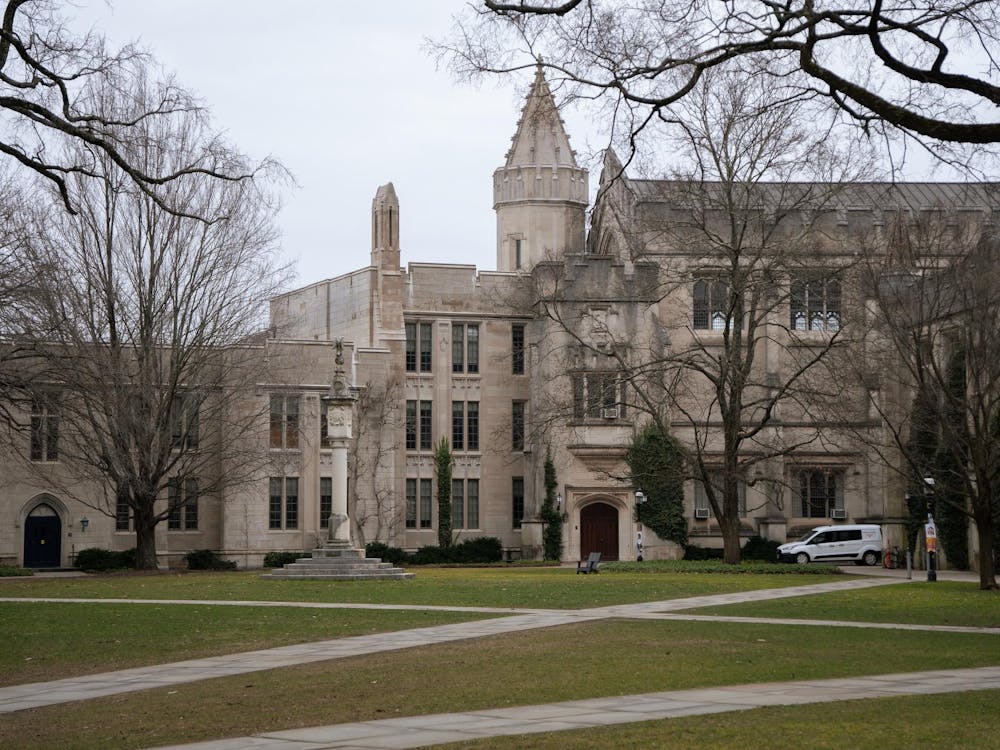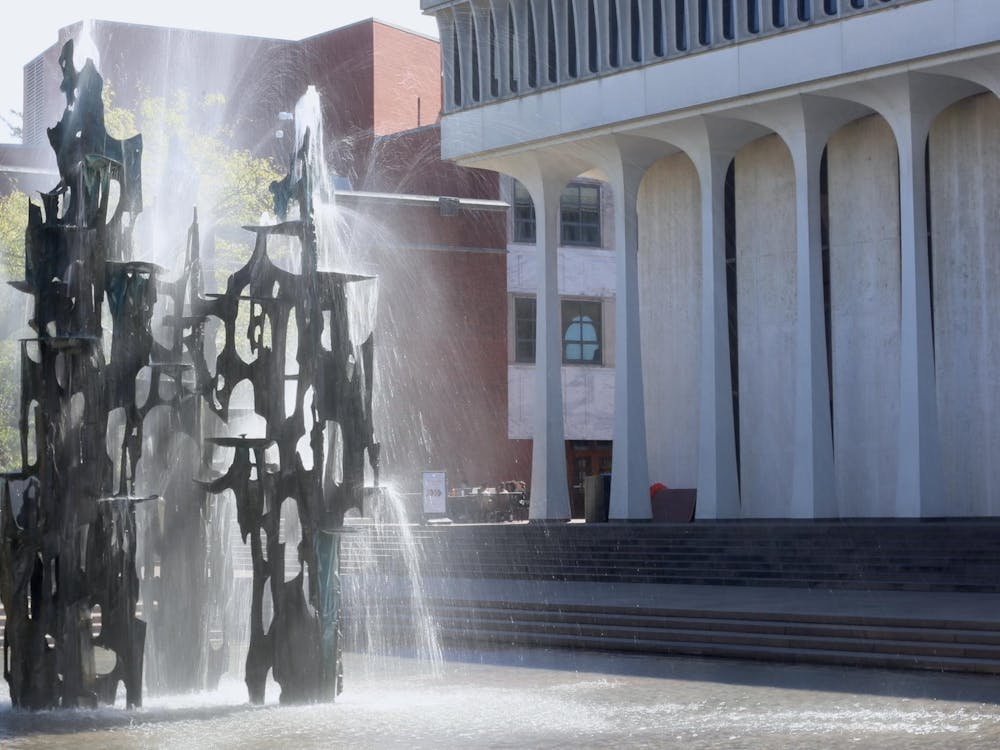Two hundred sixty-nine members of the Class of 2016 declared concentrations in the humanities by the end of the sophomore major declaration period on Tuesday.
The same number of students declared a humanities concentration in the Class of 2015, whereas 286 did in the Class of 2016.
The humanities majors with the largest number of concentrators remain history, with 90, and English, with 48. History is also the humanities major with the largest increase from last year, as 78 members of the Class of 2015 declared a history concentration.
History department representative Jack Tannous said that this year’s increase in history majors was unexpected, adding that the number of students who sign in every year is hard to predict. Tannous noted that many of the new concentrators he spoke to said they decided to concentrate in history because history courses had been those that they had liked best. He also attributed the increase in student enrollment to the department’s flexibility.
“You can work in government; you can go to a professional school; you can go work in finance if you want to,” he said. “You can do a huge number of things. I think people recognized the huge amount of flexibility that a history major offers them.”
Humanities majors with the lowest enrollments are the language departments, including Spanish and Portuguese, French and Italian, Slavic languages and literatures andGerman.
While each of these departments had six concentrators last year, Slavic languages and literatures received one sign-in from the Class of 2016, Spanish and Portuguese received two, French and Italian received four and German received five. The German and Slavic department numbers are unofficial numbers from College Facebook.
Spanish and Portuguese department representative Germán Labrador Méndez and French and Italian department representative André Benhaim also said that the change in number of concentrators in their departments was unexpected, noting that there are frequent fluctuations. Benhaim noted that Spanish concentrators can vary from two to eight with a mean of four, while French and Italian concentrators have varied from four to 15.
Mendez explained that language enrollment numbers can be misleading because students frequently choose to take language classes or pursue the certificate instead of declaring a major. He noted that the number of students graduating with a Spanish certificate each year varies between 20 and 30.
Benhaim said thathe could not be sure why enrollments in his department fell, but added that a possible reason could be that freshmen and sophomores believe that concentrators study only language and literature, while many in fact pursue interdisciplinary tracks.“I would really like for students to make their concentrations knowing all the facts,” Benhaim said. “A lot of the students don’t know how flexible and rich the opportunities are in the Department of French and Italian.”
There are numerous benefits to concentrating in a small department, Benheim noted, explaining that faculty memberswill get to know their students better and are in an easier position to write letters of recommendation.
Dinara Gabdrakhmanova ’16, one of the two sophomores to declare a concentration in Spanish and Portuguese, explained that majoring in Spanish and Portuguese will allow her to study abroad, which is normally difficult to do as a premed student. She said that, sinceshe will be pursuing medicine later on, now is the time to study something else and expand her horizons.
“Being culturally aware will help me become a better doctor, help me relate to patients who may only speak Spanish,” Gabdrakhmanova said.
Overall, many humanities departments showed slight decreases in enrollment from last year.
Classics had 11 Class of 2016 concentrators, compared with 16 last year, and comparative literature had 16 majors, compared with 22 last year and 25 the year before. Religion also showed a decrease from 15 to 11 concentrators. Near Eastern studies had 10 sign-ins compared to 12 last year, and East Asian studies dropped by one from 12 concentrators last year to 11 this year.
Unofficial numbers from College Facebook show that art and archaeology had 13 sophomores declare this year and 14 last year. The music department had eight sophomores this year compared to 10 last year. However, philosophy concentrators increased by five, from 22 to 27 sophomore sign-ins.
Tannous pointed to a trend of decreasing humanities concentrators across the country, citing the recession as a possible cause. He noted that the history department had over 100 concentrators per year before the recession and dropped to 90 in 2007-2008, reaching a low of 64 in 2012-2013.
Benhaim explained that many students think a concentration in the humanities is too specific and will not lend itself to a variety of jobs, but added that this is not the case and that very few of the concentrators in his department continue on to graduate school.
“I really hope the humanities this year go up,” Tannous said, “because I love the humanities. What I’m concerned about are humanities numbers in general.”







